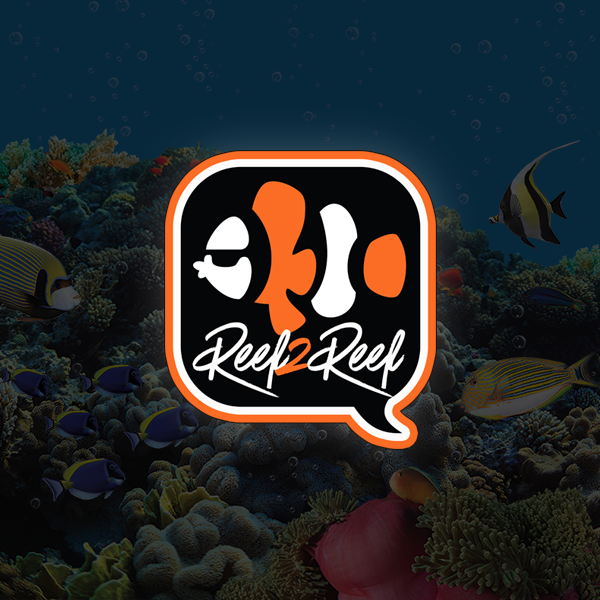Hello!
I'm a beginner at saltwater I'm trying to get my first tank set up right before I put any fish inside the tank I've got a freshwater tank but I'm trying to do a saltwater tank now
I've got a 10 gallon tank with reef sand, saltwater and a filter at the moment.
I've been thinking of getting dry rocks (not sure yet) so my question is
Is it hard to make a dry rock a live rock and if anyone has got some good tips please tell me
Thank you!
I'm a beginner at saltwater I'm trying to get my first tank set up right before I put any fish inside the tank I've got a freshwater tank but I'm trying to do a saltwater tank now
I've got a 10 gallon tank with reef sand, saltwater and a filter at the moment.
I've been thinking of getting dry rocks (not sure yet) so my question is
Is it hard to make a dry rock a live rock and if anyone has got some good tips please tell me
Thank you!












